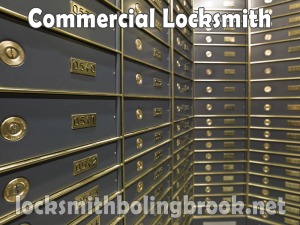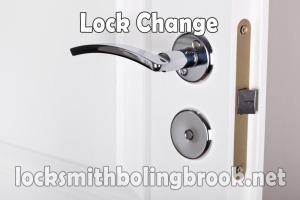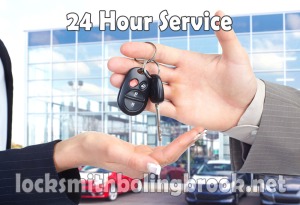
There are all types of security systems for residential use and commercial use. When purchasing either one, it is best to look at it like an investment. It gives you the peace-of-mind in knowing that you loved ones, your possessions and your business is safe. Having some form of security affords you the chance to receive less expensive insurance from certain insurance providers. When your business has a security system, there is less chance of your experiencing a burglary. Having surveillance camera’s in specific areas of your building can also cut down on employee theft, another way for you to save money. Your investment is paying off already! Having those cameras means hat you’ll likely get more work out employees too. It’s ok to let them know that they are being monitored; this is how you get more productivity out of them.
These are benefits that can be derived simply from having even the lowest level of security installed at your business. So, what are you waiting for, oh, possibly more information about the benefits of a commercial security. Well if you feel that you have a lot to lose and could stand more than just the basics, there are tons of advanced security systems that even a locksmith, such as, Fast & Secure Locksmith in Bolingbrook, Illinois can install for you. Some of the security features even offer customers the added security of being able to monitor their business from afar via a mobile remote device.
What Type of Security for Your Business
Every business is going to require different security depending on where they are located, how large the business is and the type of business it is. In most cases, knowing where the business is would be of prime concern to whomever is going to install it for you. If your business is situated in a small, rural area, it may not require as much as a business located in a bustling metropolis. If it is a stand-alone building it may require much more security than a business that is located in an office park. There are some businesses that have a large amount of valuable merchandise on the premises, while there are others that do not have anything of significant value on their property. These are just a few of the things that a locksmith in Bolingbrook would consider when they are helping you determine the type of security that is best suited for your commercial business.

It is important that you find the right type of security for your specific situation. You can’t base your security system on your friends or neighbors; they may not have as much to lose as you do. By taking into consideration the various factors mentioned above, in addition to a few additional factors; you’ll be able to get what is best suited for your business needs. Despite the extras that you may want for your business, there are some basics that every business should have when having any type of security installed.
Basic Security Features
Some of the basics that should be included in your system are lights, a camera and alarms. Those businesses that are located in small rural areas with very little foot traffic may not need as much as a business in a large city. These simple and basic features may be all that they require, without any additional security features. On the other hand, for those larger businesses with a lot of valuable equipment to protect, they will likely need maximum security. This means that they will need to have additional features other than those listed above, added to their system.
- Alarms
An alarm alerts you when a window or door is opened that shouldn’t be, after normal business hours. Some are tripped manually while others detect motion when a motion censor is installed. The alarm alerts the intruder that their presence has been detected and they should exit the premises immediately. It sends an alarm to a security service, which the alarm is connected to or directly to 911 services. There are security alarms, which send an alarm to a monitoring service and 911.
- Security Lights
Lighting that is placed in the right places will be a deterrent for a burglary. Security lights make it possible for anyone nearby to spot an intruder and alert the proper authorities. This is extremely necessary whenever your business is situated in off the beaten paths. They are very necessary for entryways that are in dark areas. Security lights can also be set up to monitor motion, just like the alarms. They are supposed to be so bright that the intruder will want to flee the scene in order to prevent being detected. They also help to increase the level of safety on your worksite. When employees are traveling from one location to another, security lights will enable them to do this with peace-of-mind in knowing that the lights are bright enough for everyone to notice them coming and going. It is also good to be able to see when people are dropping off shipments to your location. If there is ever an emergency, it will be easier to locate the escape routes if you have security lights installed.
- Door Chimes
Unlike a security alarm, door chimes are on throughout the day, not just at night. This type of system will alert employees when someone has entered their work area. If you work in a business where it isn’t always possible to keep your eye on the entryways, having door chimes installed is a great way to keep track of where everyone is. It makes it difficult for someone to come onto the property without someone being made aware of it.
- Monitoring System
Some security systems allow for monitoring services. This means that once the system is put into place, there is a service that is connected to your system who will monitor any activity that it transmits. It serves as an extra layer of security.
Aricle source here: Security for Your Commercial Business







